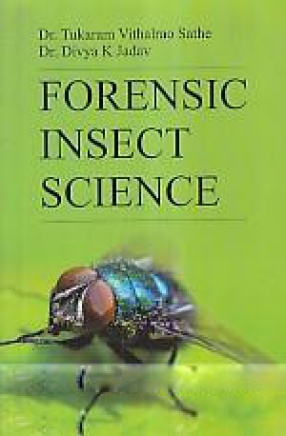Recent Trends in Biological Pest Control
Pesticides lead serious problems like pollutions, health hazards, pest resistance, secondary pest outbreak etc. Therefore, biological control is widely accepted at global scenario as an effective alternative for pesticidal use and as eco-friendly pest control method. Therefore, newer and recent trends of biological insect pest control are given in this book. The book contains 16 chapters under which biocontrol agents like braconids, lchneumonids, tachinids, chalcids, ladybird beetles, carabids, lace wings, grasshoppers, hemipterans, weevils and vertebrates such as picies, amphibians and birds are discussed with respect to their diversity and their role in pest management. Emphasis is given on biological control of mosquitoes, mulberry and sugarcane pests and some commonly occurring insect pests. Thus the book is extremely useful for farmers, students teachers scientists and industrialists.
Contents: Preface. 1. Biological control of insect pests/T.V. Sathe. 2. Biological control of mosquitoes/T.V. Sathe. 3. Biological control of sugarcane pests/T.V. Sathe. 4. Biological control of insect in mulberry ecosystem/T.V. Sathe. 5. Carabids coleopteran: carabidae for biological control of insect pests/T.V. Sathe. 6. Role of chalcids in control of insect pests/T.V. Sathe and A.M. Bhosale. 7. Role of hemipterous predators in insect pest management/T.V. Sathe. 8. Grasshoppes in pest management: biocontrol potential of grasshopper hieroglypus banian from paddy ecosystems of Kolhapur region/T.V.Sathe, A.R. Bhusnar and Nilam Shendage. 9. Lacewings for biological pest control: a biodiversity of lacewings order: neuropteran from Kolhapur agroecosystems/T.V. Sathe and S.R. Sawant. 10. Lacewings for biological pest control: B predatory capacity of chrysoperla carnea stephens neuropteran: Chrysopidae on rhopalposiphum maidis fitch. Under laboratory conditions/T.V. Sathe and S.R. Sawant.
Get it now and save 10%
BECOME A MEMBER











Bibliographic information